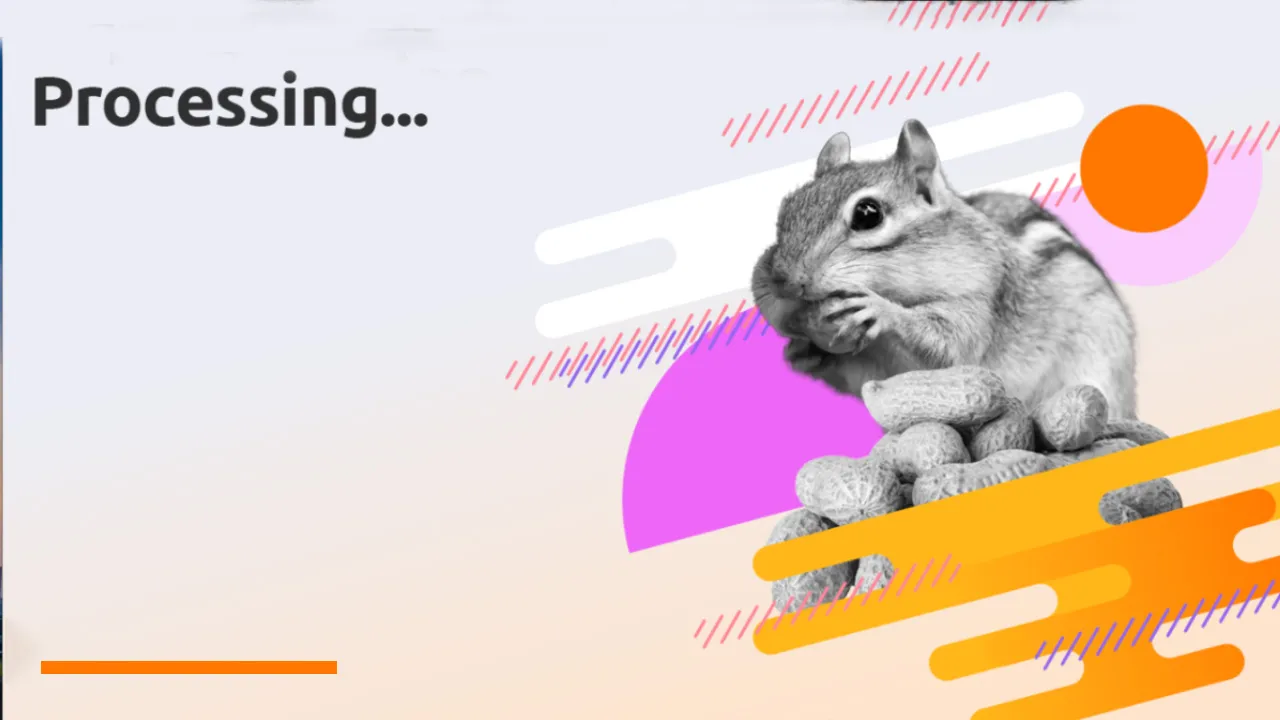Apache Flink, a 4th generation Big Data processing framework provides robust **stateful stream processing capabilitie**s. So, in a few parts of the blogs, we will learn what is Stateful stream processing. And how we can use Flink to write a stateful streaming application.
What is stateful stream processing?
In general, stateful stream processing is an application design pattern for processing an unbounded stream of events. Stateful stream processing means a** “State”** is shared between events(stream entities). And therefore past events can influence the way the current events are processed.
Let’s try to understand it with a real-world scenario. Suppose we have a system that is responsible for generating a report. It comprising the total number of vehicles passed from a toll Plaza per hour/day. To achieve it, we will save the count of the vehicles passed from the toll plaza within one hour. That count will be used to accumulate it with the further next hour’s count to find the total number of vehicles passed from toll Plaza within 24 hours. Here we are saving or storing a count and it is nothing but the “State” of the application.
Might be it seems very simple, but in a distributed system it is very hard to achieve stateful stream processing. Stateful stream processing is much more difficult to scale up because we need different workers to share the state. Flink does provide ease of use, high efficiency, and high reliability for the**_ state management_** in a distributed environment.
#apache flink #big data and fast data #flink #streaming #streaming solutions ##apache flink #big data analytics #fast data analytics #flink streaming #stateful streaming #streaming analytics
